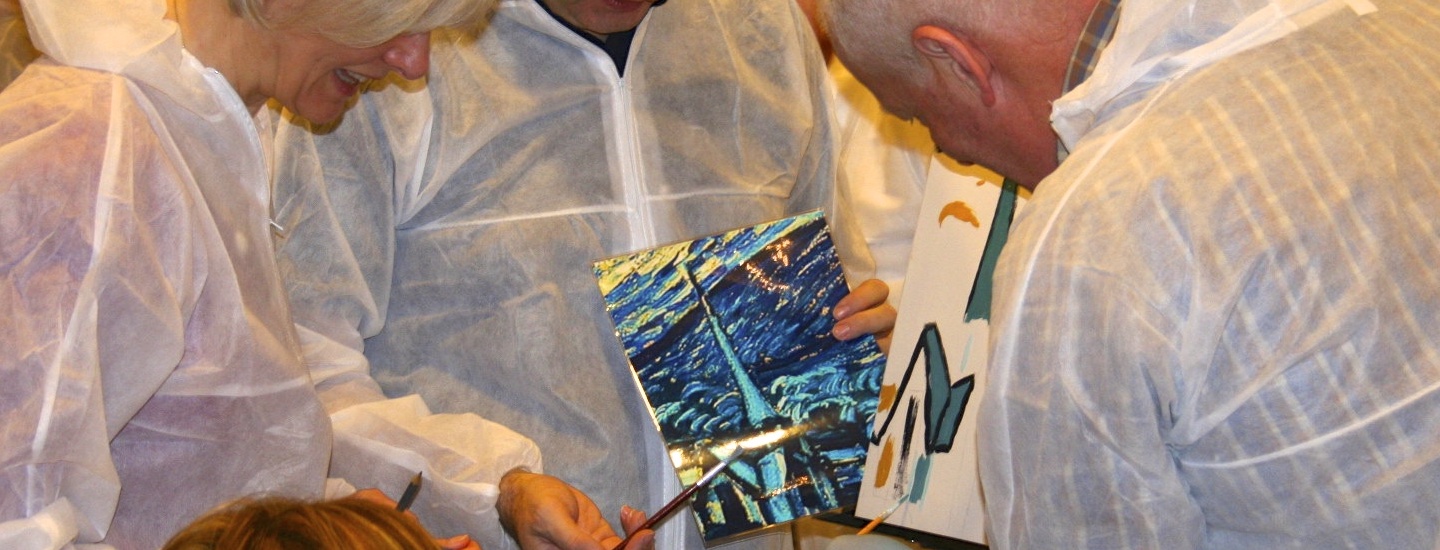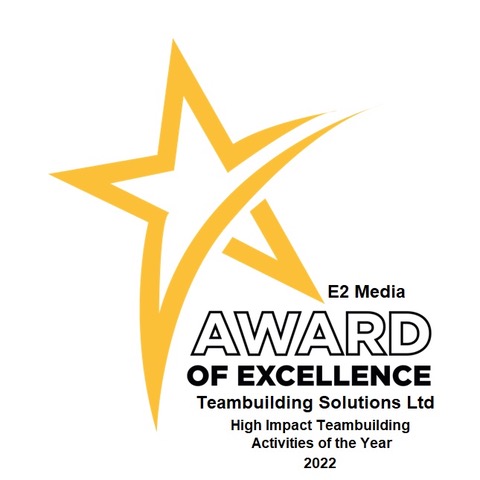Group Size
10 - 300 Guests
Benefits
Communication Management of Projects
So, How Does All For One Work?
The group has a number of challenges that each individual team must contribute towards for it to be completed. The first group on each of the tasks has to decide the concept, direction and theme of the task. At the end of their allotted time on that task, they must split into two - one part stays to impart some knowledge to half of the next team while the other half move on to receive the information on the next challenge.
Can the teams who finish the project not only continue the work of the first team, but also reveal the key words or phrase that the first team began with?
The grand finale is the unveiling of the hard work that all the teams have put into the various challenges of this collaborative team event.
Example Activities
2 Minute Advert
Each team must contribute 20-30 seconds of footage to make an advert of the starting teams choosing. Can the subsequent teams follow their vision and ensure great continuity in the visuals too?
Stop Motion Animation
Create your very own plastacine models, (think Wallace and Gromit!), and make your very own mini movie to convey the messages you want.
Logo Art
The teams are presented with a number of white boxes and tasked with making a picture that not only includes the company logo, but encapsulates what the organisation is about by using creating visuals and text.
Rollercoaster
The first team is given the basic instructions - build a Rollercoaster of a specified height and length. However, as times change, subsequent teams will be tasked with making additions to the design - a jump or a loop for example. Can they deal with change?
Feed Einstein
The challenge is to ring a bell, however, it must be done in a very complex fashion! The teams receive random objects and also track making equipment with which to let their imagination run wild!
Da Vinci Chimes
5 individual construction elements that all join together and ring a tune by items hitting the chimes in a particular order. The only problem is the 'blueprints' are very general so problem solving is key!
Bigger Picture
Teams are presented with small segments of a painting that they need to duplicate on their own canvases. The key to success is that the image should be coherent and that only happens with great communication!
This is a great Corporate Away Day activity that tests not only the teams ingenuity and creativity, but also their ability to communicate and work as part of a bigger overall team.

